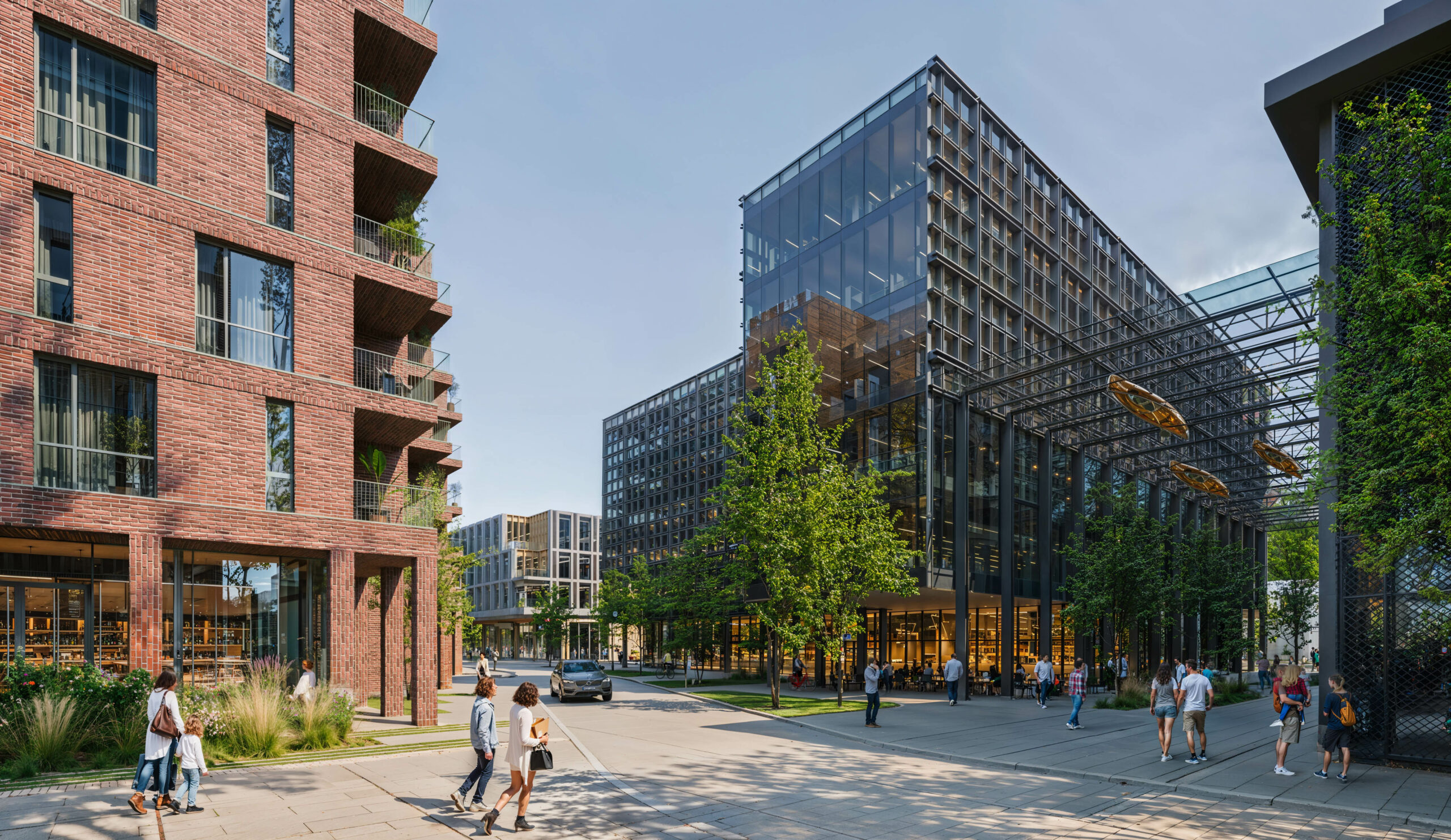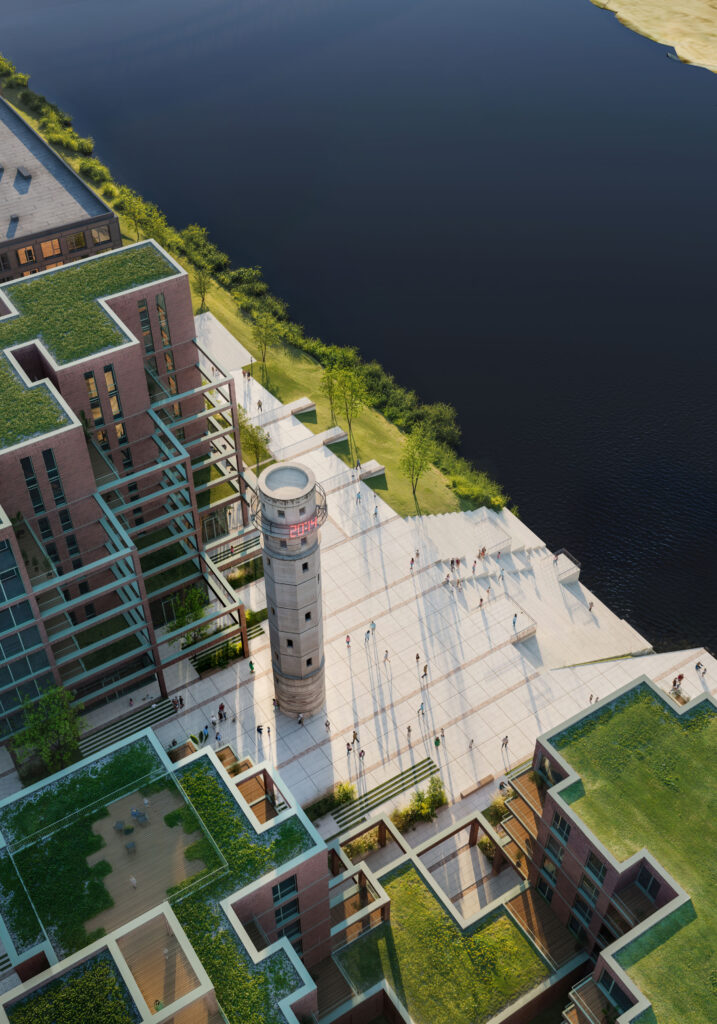Nemunaičiai / Kitas krantas
Nemunaičiai / Kitas krantas
The urbanized Nemunas Valley has evolved into a unique living environment for the entire Kaunas community. Here, the interests of nature, residential areas, transportation corridors, and production zones intertwine.
The river’s flood cycles, historical milestones, dynamic national growth, and the organic development of the Kaunas community have shaped not only distinctive demands but also exceptional opportunities for urban expansion.
This complexity of context — combined with a profound respect for the underlying values — led to the formulation of the key principles at the heart of the Kaunas Landmarks project concept.
- Location
- Kaunas
- Stage
- Competition
- Purpose
- Multifunction
- Client
- SBA Urban
- Authors
- Edgaras Neniškis
- Arūnas Liola
- Rolandas Liola
- Gabrielius Varnelis
- Greta Gulbinskė
- Jonas Rimeika
- Žilvinas Urbas
- Agnė Savickaitė
- Emilija Šuopytė
- Lukas Pernaravičius
- Artūras Butkus
- Visual
- zeroscenery


The architectural distinctiveness and materiality of the buildings were chosen not only by adhering to sustainability principles but also to reflect the iconic architecture of Kaunas and the historical processes and functions that have shaped it.
In the historic part of Kaunas, many clay brick buildings can be found; therefore, the complexes located closest to the Old Town are designed with brick façades and articulated, rectangular forms.
The grain storage facilities, which have become an icon of this riverbank, inspired the design of the residential quarters in the central part of the area. Here, concrete is used for cladding, and the shapes of the balconies somewhat resemble historic granaries.
On the eastern side of the territory, the buildings are designed to echo the sawtooth roofs of old industrial facilities and the slightly darkened clay bricks.
The architectural solution for the southeastern administrative complex is driven by the imperative to maximize natural light. Therefore, internally, a terraced, fine-grained structure is used, allowing light to penetrate through, contrasting with the more monumental outer façades.
This binary approach dictated the choice of materials as well — wood is used in the interior spaces (still abundant in surrounding architectural examples), and stone is used for the exterior façades, with traditional vertical window openings carved into them.
The southwestern administrative quarters are based on highly rational structures, with architectural elements encoding the patterns of old port cranes and metal bridge structures.

At Nemunaičiai, quality of life is closely tied to the activation of the site’s unique natural and microclimatic assets within an urban setting. Given that the Nemunas River and Kaunas city center are positioned to the north, a primary design objective is to optimize solar access for key public and residential spaces. This is achieved through the implementation of terraced and sculpted building forms that maximize natural light penetration. Integrated passive design strategies address water management, with green roofs and decorative stormwater drainage systems woven into the landscape fabric. To extend the usability of outdoor spaces, sun-rich, sheltered zones are created, effectively prolonging the outdoor season and enhancing everyday life. Architectural interventions and material choices are carefully calibrated to minimize turbulence and mitigate wind corridors, fostering comfortable microclimates throughout the development. In this way, urban microclimate management becomes a cornerstone of Nemunaičiai’s sustainable, resilient, and attractive living environment.

